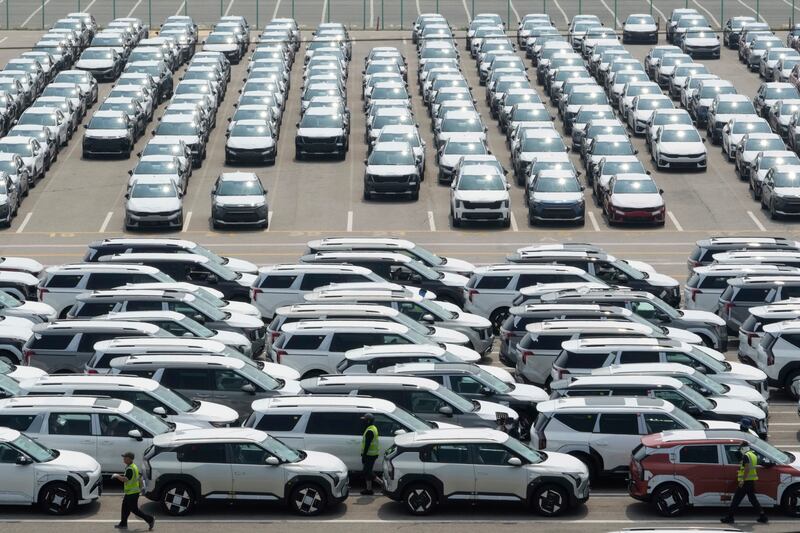- President Trump issues new tariff rates for 14 countries
- Import levies on the group range from 25% to 40%
- President leaves room for negotiations and extends pause on earlier reciprocal assessments
In a series of screenshots posted to social media Monday, President Donald Trump revealed over a dozen new international trade levies ranging from 25% to 40% and promising that more tariff pronouncements are on the way.
Along with sharing letters on Truth Social that were sent to 14 countries, the president announced an extension of the pause on reciprocal tariffs announced in April that were due to kick in on Wednesday. Those levies will now go into effect on Aug. 1 along with the new trade fees, which in most cases closely match the reciprocal levies in Trump’s so-called “Liberation Day” decree earlier this year.
Trump also left room for those deals to be modified, writing in each of the letters that if the target countries modified their own tariffs and/or non-tariff trade barriers, his administration would “consider an adjustment.” But the letters also included warnings that any moves by the recipient countries to raise levies on U.S. imports would be met with even steeper new trade fees.
The letters shared by Trump target the following countries along with new tariff rates:
- Laos, Myanmar — 40%
- Cambodia, Thailand — 36%
- Bangladesh, Serbia — 35%
- Indonesia — 32%
- Bosnia and Herzegovina, South Africa — 30%
- Japan, Kazakhstan, Malaysia, South Korea, Tunisia — 25%
How markets are responding to new tariffs
While U.S. and international investment markets plunged following Trump’s sweeping tariff announcement in April, the latest tariff news drew a more muted response from investors.
U.S. stock indexes saw a mild selloff on Monday and markets were essentially flat as of midday Tuesday.

“What we’ve seen since April has really been the markets getting past the idea that tariffs would have a particularly detrimental impact on growth, earnings, inflation, etc.,” Bill Merz, head of capital markets research at U.S. Bank Wealth Management, told CNBC on Tuesday. “Investor sentiment has shifted a lot in a very short period of time and become more optimistic, as we can see in equity market pricing and how we’re right around all-time highs across multiple indices.”
Collectively, the U.S. bought $465 billion worth of goods last year from the 14 countries that received letters on Monday, according to U.S. Commerce Department figures cited in a report by CNN. Japan and South Korea, America’s sixth- and seventh-largest trading partners, accounted for 60% of that, shipping a total of $280 billion worth of goods to the U.S. last year.
What can consumers expect?
U.S. consumers could see higher prices as a result of the new tariffs, though earlier assessments have yet to have a significant impact on domestic markets. Cars, automobile parts and electronics are among the biggest American import categories impacted by the new trade fees.
The most recent federal inflation data, released last week by the U.S. Commerce Department, found overall inflation moved up to an annual rate of 2.3% in May, increasing from 2.1% in April. On a monthly basis, prices on consumer goods and services increased 0.1% in May.
Core PCE inflation, which strips out volatile food and energy prices, came in at 2.7% in May, up from April’s 2.6% measure and an increase of 0.2% month-over-month.
While predictions of tariff-related prices increases have yet to show up meaningfully in U.S. inflation readings, many economists posit that cost increases are still on the way but approaching slowly as retailers move through inventory stockpiled ahead of the new trade levies and costlier raw goods for manufacturers have yet to reach the shelves in finished products.
“This morning’s news was consistent with other reports showing the economy gradually losing momentum in the second quarter, ahead of the brunt of tariff increases expected to wash ashore during the summer and early fall,” Gary Schlossberg, market strategist at the Wells Fargo Investment Institute, told CNBC last week.
Schlossberg said the report helps “keep hopes alive” for a July rate cut, though he still sees such talk as “premature.”


